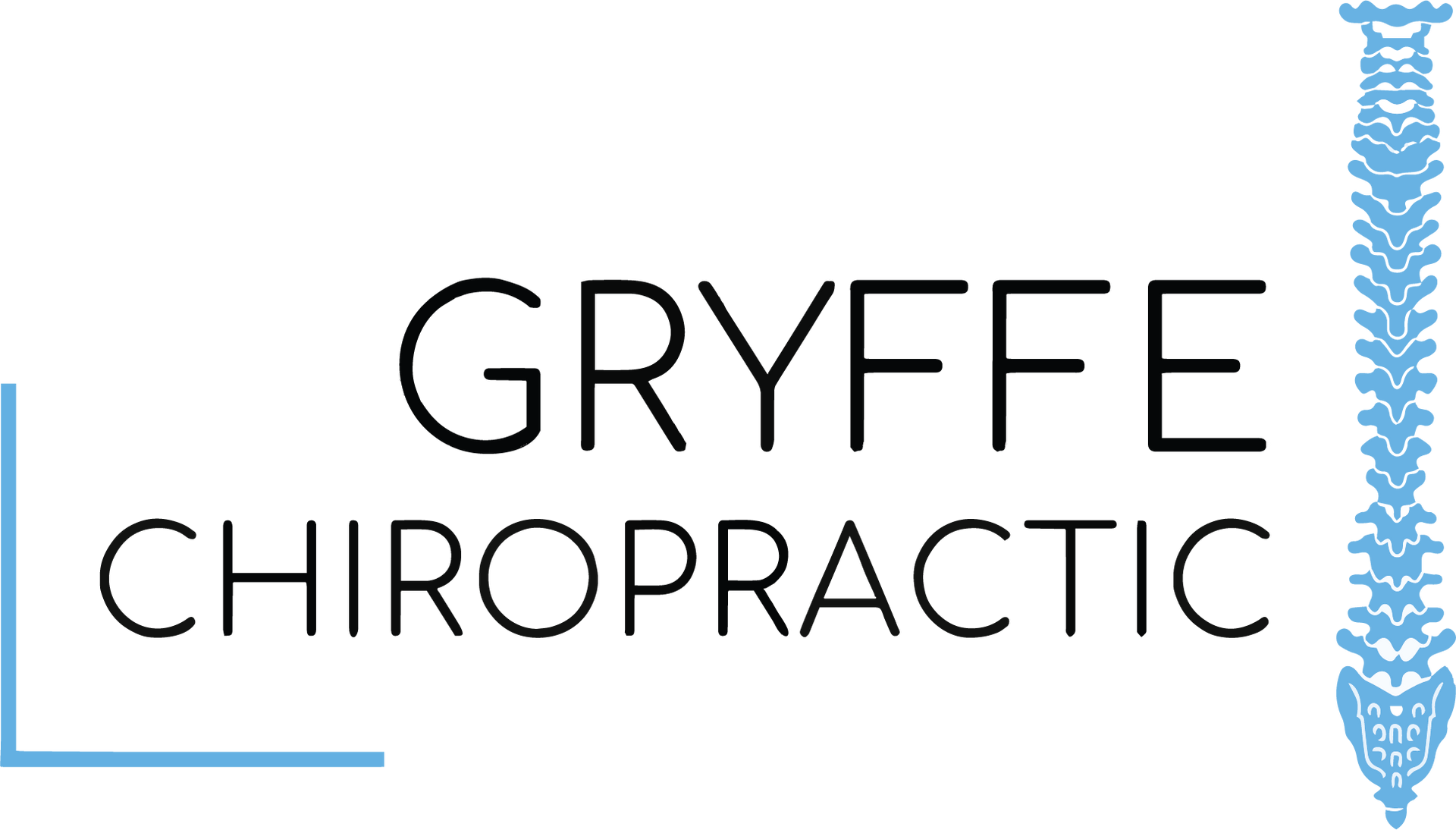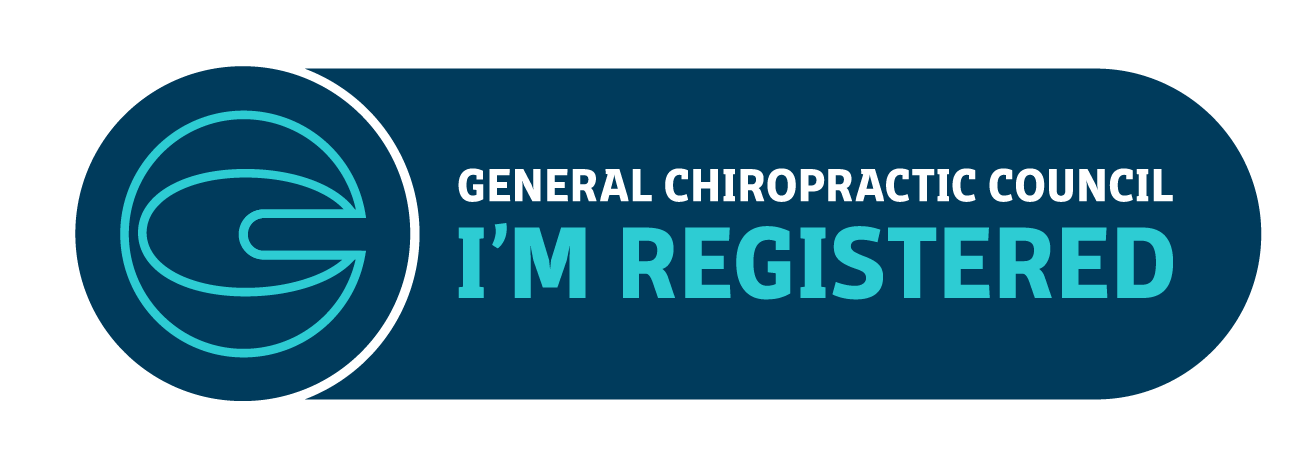Make Posture a Priority in 2025
What is Good Posture?
Good posture refers to the alignment of the body that puts the least strain on muscles, joints, and ligaments. Chiropractors in the UK emphasise the importance of maintaining good posture to prevent pain, discomfort, and long-term health issues. Here's how good posture is defined and why it matters:
Definition of Good Posture
Neutral Spine: The spine should maintain its natural curves: a slight inward curve at the neck, an outward curve at the upper back, and another inward curve at the lower back.
Balanced Alignment: The head, shoulders, hips, knees, and ankles should align vertically when viewed from the side.
Symmetry:
Weight should be evenly distributed between both sides of the body, preventing undue stress on any particular muscle or joint.
When Standing You Should...
- Have your shoulders relaxed, but not slouched.
- Keep your ears aligned with your shoulders.
- Engage your core.
- Keep your knees slightly bent.
- Distribute your weight evenly on both feet.
When Sitting You Should...
- Keep your back straight and shoulders relaxed.
- Support your lower back - adjust your chair or use a cushion as required.
- Keep your feet flat on the floor/footrest.
- Have your knees at a 90 degree angle (or slightly higher than your hips).
Improving posture takes consistent effort, but over time, your body will adapt, and maintaining good posture will feel natural!
Why is Good Posture Important?
Good posture can aid your health in many ways, such as:
- Spinal Health
- Joint Support
- Muscle Efficiency
- Reduced Pain
- Improved Function
- Easier Breathing
- Boosts Confidence
- Prolonged Mobility
- Strengthened Core
- Improved Mood
How can I Improve my Posture?
This can be difficult although worthwhile. If you are sitting working, you can use an ergonomic chair with proper lumbar support. You should adjust your screen to eye level and keep your keyboard and mouse at a comfortable height. Make sure not to slouch and try to move as much as you can.
Movement can be beneficial to improve your posture, as your spine does not like to be in one position all day! Take breaks to move around if you sit for long periods. Set an alert on your phone to remind you to move and check your posture. Practice standing and walking with your chin slightly tucked in rather than jutting forwards. Avoid carrying heavy bags on one shoulder - backpacks are better to distribute the weight evenly.
Stretching is also important, you should stretch your neck, shoulders and back frequently to release tension. Examples of this include gently stretching your neck to each side, and rolling your shoulders forwards and backwards. Cat cow stretches and child’s pose can also be great - yoga in general can be very helpful.
How does Chiropractic Help with Posture?
At Gryffe Chiropractic we can help improve posture by addressing spinal alignment, muscle imbalances, and related issues. We will perform an in-depth assessment of your posture, spinal alignment and overall mechanics. We can identify specific issues, such as forward head posture, rounded shoulders, or excessive curvature of the spine. We can also identify underlying issues, such as leg length discrepancies or flat feet, that may be impacting your posture.
Chiropractic treatment is different for everyone. Sometimes it can include spinal adjustments which are manual manipulations performed on your spine to correct misalignment and joint restriction. This can help with proper alignment by optimising joint movement, which can reduce strain on muscles, improve range of motion, and support a healthier posture. We may also use techniques to relieve tight muscles, as well as addressing weak or overstretches muscles with targeted care. We often prescribe exercises to strengthen the core, back, and postural muscles.
Regular chiropractic visits, combined with exercises and mindful habits, can lead to significant and lasting improvements in posture.
Book an appointment today and improve your posture in 2025!

BLOG









